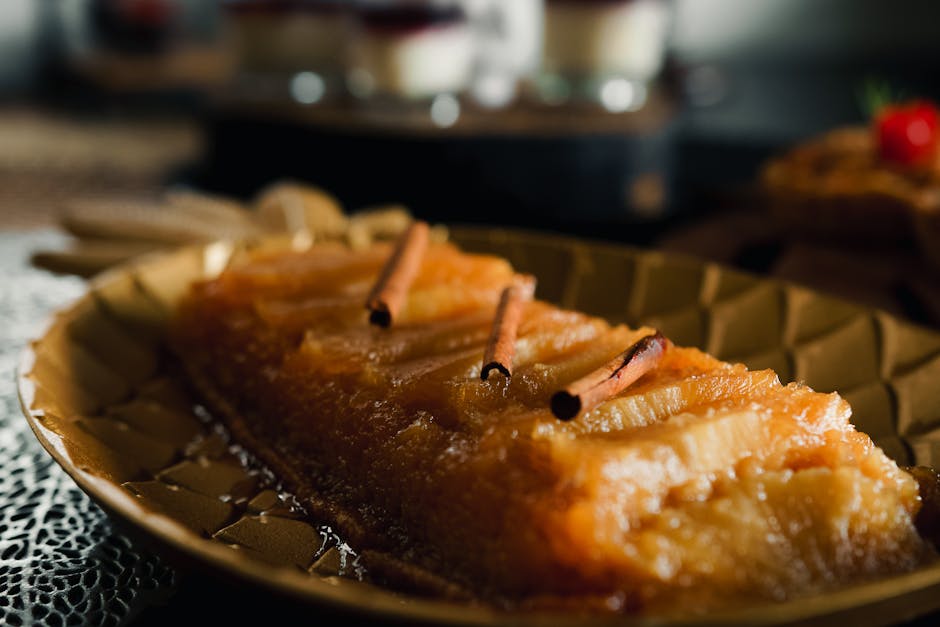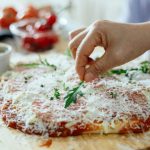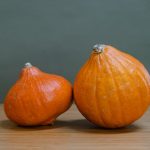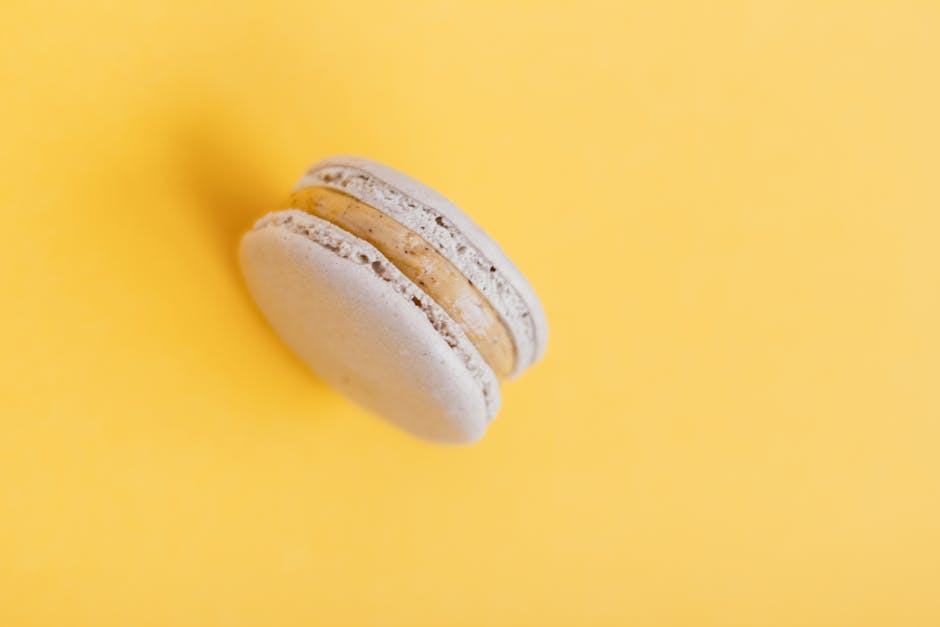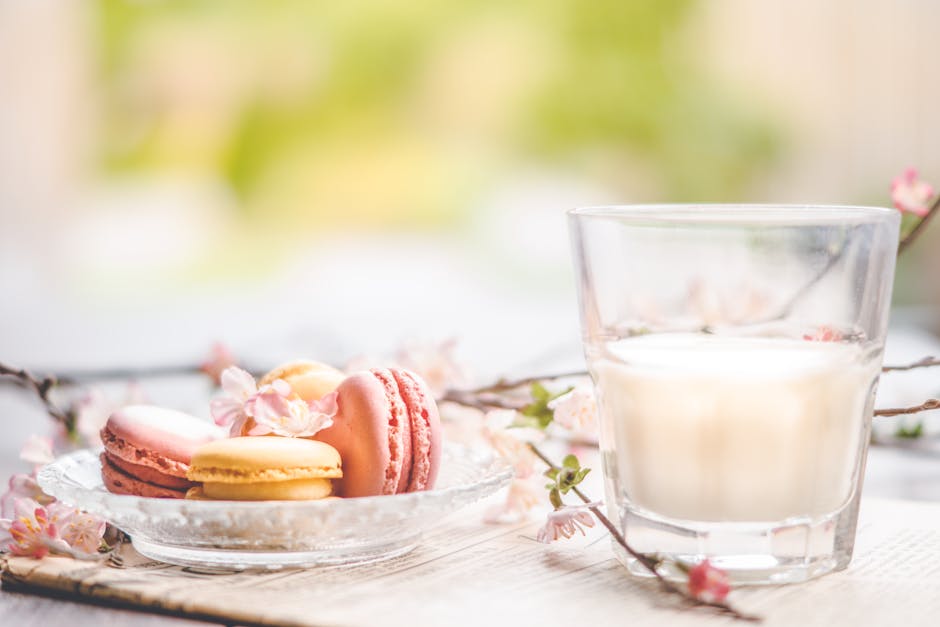The caramelized onion tart, a seemingly simple yet profoundly satisfying dish, boasts a surprisingly rich history interwoven with various culinary traditions. While pinpointing its exact origin is difficult, its core components – onions, pastry, and cheese – have been enjoyed in diverse forms across cultures for centuries. Ancient civilizations utilized onions both as a staple food and a medicinal element, with evidence suggesting their cultivation dating back thousands of years. Pastry, in its various iterations, similarly holds ancient roots, appearing in diverse forms across the globe, from the flatbreads of the Middle East to the savory pies of Europe. The combination of these elements, however, likely solidified its modern form within the broader context of French cuisine, where elaborate tarts and quiches became hallmarks of regional and celebratory meals.
The evolution of the caramelized onion tart, as we know it today, is likely a gradual process, influenced by both necessity and innovation. The caramelization technique itself, the slow, gentle cooking of onions until deeply browned and sweet, requires patience and skill. This process transforms the humble onion into a complex flavor profile, enhancing its natural sweetness while deepening its savory notes. This transformation is key to the tart’s success, elevating the dish beyond a simple savory pastry. The specific combination of ingredients – the type of onion used (often Vidalia or Walla Walla for their sweetness), the richness of the pastry, and the choice of cheese (often Gruyère or Comté) – contribute to the overall flavor profile and regional variations.
In modern culinary culture, the caramelized onion tart enjoys widespread popularity, appearing on menus from casual bistros to upscale restaurants. Its versatility is a significant factor in its continued appeal. It can be served as an appetizer, a light lunch, or even a side dish, adapting to various culinary contexts. While precise sales figures for caramelized onion tarts are difficult to obtain, their consistent presence on menus and in home cooking suggests a substantial demand. Furthermore, the dish’s relatively simple preparation, combined with its impressive flavor profile, makes it a popular choice for both amateur and professional cooks alike. Its enduring appeal rests on its balance of sweet and savory, its textural contrast between the crisp pastry and the soft, caramelized onions, and its overall satisfying culinary experience.
Beyond its culinary merit, the caramelized onion tart also holds a certain cultural significance. It represents a celebration of humble ingredients elevated through skillful preparation. The transformation of the ordinary onion into a complex and flavorful element speaks to the power of culinary artistry and the potential for seemingly simple dishes to achieve extraordinary results. Furthermore, its adaptability and widespread appeal transcend national boundaries, reflecting a global appreciation for quality ingredients and well-executed techniques. The caramelized onion tart, therefore, stands as a testament to the enduring power of food to connect cultures, inspire creativity, and provide simple yet profound culinary pleasure.
Ingredients and Measurements
This recipe for the Best Caramelized Onion Tart relies on high-quality ingredients to achieve its exceptional flavor and texture. Precise measurements are crucial for optimal caramelization and a balanced taste, so please use a kitchen scale for the most accurate results. Volume measurements can be less precise, especially with flour.
For the Caramelized Onions:
- 2 large yellow onions (approximately 1.5 lbs total), thinly sliced. Using a mandoline slicer ensures consistent thickness for even caramelization. If you don’t have a mandoline, be sure to slice the onions as thinly and uniformly as possible. Thick slices will not caramelize properly.
- 4 tablespoons (1/2 stick) unsalted butter. Use high-quality butter for the best flavor. European-style butter with a higher fat content will yield richer caramelization.
- 2 tablespoons olive oil. This adds depth to the caramelized onions.
- 1 teaspoon granulated sugar. This helps initiate the caramelization process. Don’t be tempted to add more; the natural sugars in the onions will do most of the work.
- 1/2 teaspoon kosher salt. Adjust to your taste preferences. Kosher salt is preferred as it measures more consistently than table salt.
- 1/4 teaspoon freshly ground black pepper. A touch of black pepper enhances the sweetness of the caramelized onions.
- 1/4 cup dry sherry or balsamic vinegar (optional). Adding a splash of sherry or balsamic vinegar towards the end adds complexity and depth of flavor. If using, add it during the last 15 minutes of cooking.
For the Tart Crust:
- 1 1/4 cups (150g) all-purpose flour. Using a kitchen scale for the flour ensures the proper consistency of the dough.
- 1/2 teaspoon salt.
- 1/2 cup (1 stick) cold unsalted butter, cut into small cubes. The butter must be very cold to prevent the dough from becoming tough. Consider chilling the butter in the freezer for 15 minutes before using.
- 1/4 cup ice water. Add this gradually, only until the dough comes together.
For the Filling:
- 1 cup (240ml) crème fraîche or heavy cream. Crème fraîche provides a tangy richness; heavy cream works well too.
- 2 large eggs. Use large eggs for proper binding and consistency.
- 1/4 cup grated Gruyère cheese. Gruyère’s nutty flavor complements the caramelized onions beautifully. You can substitute with another strong, flavorful cheese like Comté or even a sharp cheddar.
- 1/4 teaspoon freshly grated nutmeg. A pinch of nutmeg adds warmth and complexity.
- Salt and freshly ground black pepper to taste.
Important Note: Allow the caramelized onions to cool completely before adding them to the tart filling. This prevents the tart from becoming soggy.
Equipment List
Creating the perfect caramelized onion tart requires the right tools to ensure even cooking and a beautiful presentation. This equipment list details everything you’ll need, from preparation to baking and serving. While some items might seem interchangeable, using the recommended tools will significantly enhance your baking experience and the final product.
Mixing Bowls: You’ll need at least three mixing bowls of varying sizes. A large bowl (approximately 8-10 quart capacity) is essential for caramelizing the onions. A medium-sized bowl (approximately 4-6 quart capacity) will be perfect for whisking together the tart shell ingredients, and a small bowl (approximately 2-quart capacity) is ideal for holding the beaten eggs and cream for the custard.
Measuring Cups and Spoons: Accurate measurements are crucial in baking. Invest in a reliable set of both measuring cups (dry and liquid) and measuring spoons. Use the correct measuring tools for dry and liquid ingredients; using a liquid measuring cup for flour will result in an inaccurate measurement and affect the final texture of your tart crust. For this recipe, you’ll need to measure ounces, cups, and teaspoons accurately.
Cutting Board and Knives: A large, sturdy cutting board is necessary for chopping the onions. Opt for a non-porous material like plastic or wood for easy cleaning. You’ll need a sharp chef’s knife (approximately 8 inches) for efficient onion chopping. A smaller paring knife can be helpful for any detailed work. Sharp knives are crucial for safety and efficient chopping; dull knives increase the risk of injury.
Saucepan: A medium-sized, heavy-bottomed saucepan (approximately 2-3 quarts) is vital for caramelizing the onions. The heavy bottom ensures even heat distribution, preventing burning and promoting even caramelization. Avoid using a non-stick saucepan for caramelizing onions, as the sugars can react with the coating.
Whisk: A sturdy whisk is essential for blending the tart shell ingredients and whipping the egg and cream mixture for the custard. A balloon whisk is recommended for its effectiveness in incorporating air and creating a smooth custard.
9-inch Tart Pan: This is the cornerstone of your tart. You can use a removable bottom tart pan for easier serving, or a standard tart pan. Ensure your tart pan is oven-safe and suitable for high temperatures.
Pastry Brush: A pastry brush is useful for brushing the crust with egg wash for a golden brown finish. It is also helpful for brushing away any excess flour on the surface of the tart.
Oven: A conventional oven is needed for baking the tart. Ensure your oven is properly preheated to the specified temperature to ensure even baking and a perfectly cooked tart.
Serving Utensils: Once baked, you’ll need a serving spatula or knife to slice and serve your caramelized onion tart. Consider using a pastry server for neat slices.
Optional: Food Processor: While not strictly necessary, a food processor can significantly reduce the time it takes to chop the onions. However, a sharp knife will yield better results in terms of texture and caramelization.
Caramelizing the Onions
Caramelizing onions is the cornerstone of this recipe, transforming humble onions into a sweet, deeply flavorful base for our exquisite tart. Patience and low heat are key to achieving perfect caramelization. We’ll be using 2 large yellow onions, approximately 1 pound in total. Feel free to substitute with Vidalia or other sweet onions for an even sweeter result.
Begin by peeling and thinly slicing the onions. Aim for slices about ⅛ inch thick. Consistency in slicing is crucial; uniformly sized pieces ensure even cooking and prevent some pieces from burning before others caramelize. A mandoline slicer can be a great help here, but a sharp knife will work perfectly well, just take your time.
Heat 2 tablespoons of unsalted butter and 1 tablespoon of olive oil in a large, heavy-bottomed skillet over medium-low heat. Using both butter and oil is recommended; the butter adds richness and flavor, while the oil prevents the butter from burning at lower temperatures. Allow the butter to melt completely and the oil to shimmer before adding the onions.
Add the sliced onions to the skillet and spread them out in a single layer as much as possible. Avoid overcrowding the pan, as this will lead to steaming instead of caramelizing. If necessary, work in batches to ensure even cooking. Season the onions generously with ½ teaspoon of kosher salt and ¼ teaspoon of freshly ground black pepper. Don’t be shy with the salt; it helps draw out moisture and enhances the sweetness.
Cook the onions, stirring occasionally, for at least 45 minutes, or even longer, until they are deeply golden brown and intensely sweet. This is where patience truly pays off. The process should be slow and gentle; resist the urge to increase the heat. Low and slow is the mantra for caramelized onions. As the onions cook, they will release moisture. Initially, they may seem to be sweating, but as the water evaporates, they will begin to soften and brown.
During the caramelization process, you may need to adjust the heat slightly to maintain a gentle simmer. Monitor the onions closely to prevent burning. If they start to brown too quickly, reduce the heat immediately. If the pan becomes too dry, add a splash of water (a teaspoon at a time) to deglaze the pan and prevent sticking. The longer you cook them, the richer and more complex their flavor will become.
Once the onions are deeply caramelized, remove them from the heat and set them aside to cool slightly before incorporating them into your tart. The caramelized onions can be made ahead of time and stored in an airtight container in the refrigerator for up to 3 days. This allows for flexibility in preparing your delicious caramelized onion tart.
Making the Tart Crust
A perfectly crisp and buttery tart crust is paramount to a truly exceptional caramelized onion tart. This recipe utilizes a classic pâte brisée, a simple yet elegant dough that balances flakiness and tenderness. We’ll guide you through each step to ensure a successful crust every time.
Ingredients:
- 1 ½ cups (190g) all-purpose flour, plus more for dusting
- ½ teaspoon salt
- ½ cup (113g) cold unsalted butter, cut into small cubes
- ¼ cup (60ml) ice water
Instructions:
1. Whisk Dry Ingredients: In a large bowl, whisk together the flour and salt. This ensures even distribution of salt throughout the dough, preventing pockets of intense saltiness. Ensure your flour is properly measured; don’t scoop it directly from the bag. Use a kitchen scale for the most accurate measurement for best results.
2. Cut in the Butter: Add the cold, cubed butter to the flour mixture. Using a pastry blender or your fingertips, cut the butter into the flour until the mixture resembles coarse crumbs. Work quickly and efficiently to prevent the butter from melting. The colder the butter, the flakier your crust will be. Avoid overmixing at this stage; some pea-sized pieces of butter are perfectly acceptable.
3. Incorporate the Ice Water: Gradually add the ice water, a tablespoon at a time, mixing lightly with a fork. Do not add all the water at once. The dough should come together but remain slightly shaggy. Overmixing will develop the gluten in the flour, resulting in a tough crust. If the dough seems too dry, add a teaspoon of water at a time until it just holds together.
4. Form the Dough: Turn the dough out onto a lightly floured surface. Gently bring the dough together into a disc. Avoid kneading the dough. Simply press it together to form a cohesive mass. Wrap the dough in plastic wrap and refrigerate for at least 30 minutes. This chilling period allows the gluten to relax and the flavors to meld, resulting in a more tender crust. For optimal results, chill for at least 1 hour or even longer.
5. Roll and Transfer: On a lightly floured surface, roll out the chilled dough into a circle approximately 12 inches in diameter. Use gentle, even pressure to avoid tearing the dough. If the dough becomes too difficult to handle, chill it for another 15-20 minutes. Carefully transfer the dough to a 9-inch tart pan with a removable bottom. Gently press the dough into the bottom and up the sides of the pan, ensuring even thickness. Trim any excess dough. Prick the bottom of the crust with a fork several times to prevent bubbling during baking.
6. Blind Bake (Optional): For a truly crisp crust, especially with a wet filling like caramelized onions, consider blind baking. Line the crust with parchment paper and fill with pie weights or dried beans. Bake at 375°F (190°C) for 15-20 minutes. Remove the weights and parchment paper and bake for another 5-7 minutes, until lightly golden. This prevents a soggy bottom.
Now your perfectly prepared tart crust is ready for the delicious caramelized onion filling!
Assembling the Tart
With your perfectly caramelized onions and your flawlessly blind-baked tart shell ready, it’s time to bring this masterpiece together. This stage, while seemingly simple, requires attention to detail to ensure a beautiful and delicious final product. We’ll be layering the onions, adding cheese for richness, and finishing with a delicate touch of herbs for an extra layer of flavor.
Begin by gently spreading a thin layer of Dijon mustard across the bottom of your pre-baked tart shell. This acts as a fantastic flavor base and helps the onions adhere to the pastry. Use approximately 1-2 tablespoons, depending on the size of your tart shell. Don’t overload; a thin, even coating is key.
Next, carefully spoon your caramelized onions into the tart shell, distributing them evenly across the surface. Avoid overcrowding; you want a generous layer of onions but not so much that they spill over the edges. If you have a particularly large quantity of onions, you might need to slightly mound them in the center, allowing for some natural settling. Remember that the onions will retain some moisture even after caramelization, so avoid packing them too tightly.
Now, for the cheese! We recommend using a Gruyère, or a similar firm, nutty cheese. Its melting properties and robust flavor profile complement the sweetness of the onions perfectly. Grate 1 ½ cups of Gruyère using a box grater, ensuring a consistent texture. Sprinkle this evenly over the caramelized onions, allowing some of the cheese to fall between the onion layers for added richness and gooeyness.
For an optional but highly recommended touch, add a sprinkle of fresh thyme leaves. About 1 tablespoon of chopped fresh thyme adds a wonderful aromatic complexity that beautifully balances the sweet and savory flavors. If fresh thyme isn’t available, you could substitute with a pinch of dried thyme, but use less – approximately ½ teaspoon. Remember to distribute the herbs evenly across the cheese layer.
Before baking, take a moment to inspect your tart. Ensure the onions are evenly distributed, the cheese is sprinkled generously, and the herbs are scattered appropriately. This final visual check will prevent any surprises after baking. A neat and even presentation is crucial for a truly impressive tart.
Now, your tart is ready for its final bake! Refer to your chosen recipe for the specific baking time and temperature, as this will vary depending on the size of your tart shell and your oven. Keep a close eye on it during the last few minutes to prevent over-browning. Once baked, let it cool slightly before slicing and serving. Enjoy your magnificent caramelized onion tart!
Baking Instructions
Preheat your oven to 375°F (190°C). This ensures even baking and a perfectly golden crust. Ensure your oven rack is positioned in the center of the oven for consistent heat distribution.
Before placing the tart in the oven, it’s crucial to blind bake the crust. This prevents a soggy bottom and allows the pastry to crisp beautifully. To do this, line the pastry shell with parchment paper and fill it with pie weights or dried beans. Use approximately 1 cup of pie weights or dried beans, ensuring they cover the entire surface of the pastry. This prevents the crust from puffing up during baking.
Blind bake the crust for 15-20 minutes, or until the edges are lightly golden and the pastry is beginning to firm up. Keep a close eye on it during the last few minutes, as ovens can vary in temperature. If the edges are browning too quickly, cover them loosely with foil.
Once the crust is partially baked, carefully remove the parchment paper and pie weights. Use a fork to prick the bottom of the crust several times to prevent air bubbles from forming during the final bake.
Spread the caramelized onion mixture evenly over the pre-baked tart shell. Ensure the onions are distributed to the edges, leaving about ½ inch of space from the crust’s edge to prevent overflow.
Next, whisk together the eggs, crème fraîche, and Gruyère cheese in a medium bowl until well combined. Season with salt and freshly ground black pepper to taste. Don’t over-whisk the egg mixture, as this can lead to a tough custard. A few gentle strokes are sufficient to incorporate the ingredients.
Pour the egg mixture evenly over the caramelized onions. Avoid pouring it too quickly, as it might overflow the crust. Gently tilt the tart pan to ensure even distribution.
Bake for another 25-30 minutes, or until the filling is set and the crust is golden brown. The custard should be just slightly jiggly in the center. Use a toothpick inserted into the center to check for doneness – if it comes out clean, the tart is ready. If it still has a little wet filling on it, bake for another 5 minutes and check again.
Once baked, remove the tart from the oven and let it cool completely on a wire rack before slicing and serving. Cooling the tart allows the filling to set completely and prevents it from being too runny when you cut into it. Allow at least 30-45 minutes for cooling.
Enjoy your delicious caramelized onion tart! Serve it warm or at room temperature, paired with a crisp salad or a glass of your favorite wine.
Recommendations for the Best Caramelized Onion Tart
This caramelized onion tart is truly exceptional, and to ensure you enjoy it to the fullest, we offer these recommendations. For optimal flavor, allow the tart to rest for at least 30 minutes after baking before slicing and serving. This allows the filling to set and the flavors to meld together beautifully.
Serving Suggestions: This tart is incredibly versatile and can be enjoyed in a variety of ways. It makes a wonderful appetizer, served in small wedges alongside a crisp, dry white wine like Sauvignon Blanc or Pinot Grigio. Alternatively, it can be a delightful light lunch or a side dish to accompany a hearty salad or roasted meats. Consider serving it at room temperature or gently warmed for a more intense flavor experience. The sweetness of the caramelized onions pairs perfectly with both savory and slightly sweet elements.
Complementary Dishes: To elevate your dining experience, consider pairing the caramelized onion tart with some complementary dishes. A simple arugula salad with a light vinaigrette would cut through the richness of the tart, offering a refreshing contrast. Roasted chicken or pork tenderloin would also be excellent accompaniments, as would a creamy mushroom soup for a more substantial meal. For a truly special occasion, a rich beef stew would create a stunning flavor combination. The tart’s versatility allows it to adapt to a range of culinary styles.
Storage: For best results, store leftover tart in an airtight container in the refrigerator for up to 3 days. Do not freeze the tart, as this can significantly affect the texture and flavor. To refresh a chilled slice, you can gently warm it in a low oven (around 300°F/150°C) for a few minutes until heated through.
Nutritional Information (per serving – approximate, based on a 6-serving tart): Note: Nutritional information will vary depending on the specific ingredients and quantities used. This is an estimate.
Calories: Approximately 350-400 calories
Fat: Approximately 20-25g
Saturated Fat: Approximately 10-15g
Carbohydrates: Approximately 30-35g
Sugar: Approximately 10-15g
Protein: Approximately 8-10g
Sodium: Varies greatly depending on the type of cheese and salt used. Check the labels of your specific ingredients for accurate information.
Important Note: These calorie and nutritional values are estimates and may vary depending on the specific ingredients used, portion size, and cooking methods. For precise nutritional information, it is recommended to use a nutrition calculator with the exact ingredients and quantities used in your recipe.

